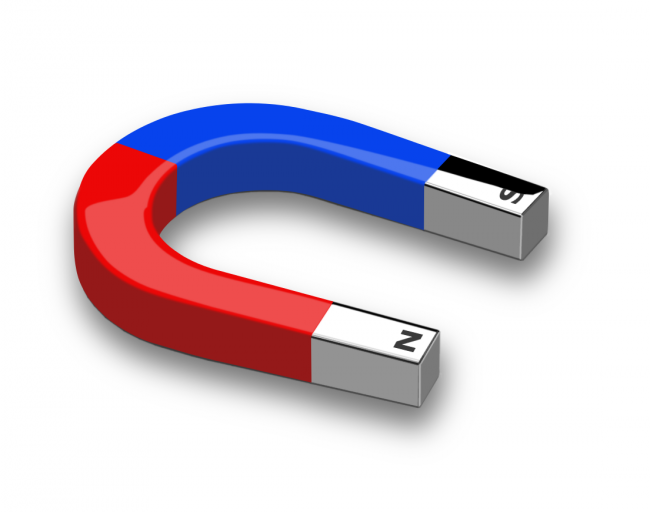
Manufacturers of static magnetic blankets often claim that their products increase blood flow, reduce muscle tension and tenderness, and are beneficial in both prevention and treatment of musculoskeletal injuries in horses.
However, there are no scientific studies that confirm these alleged beneficial effects of magnets on muscles of the back in healthy horses.
A study conducted by Swedish researchers in 2014, titled "Does a magnetic blanket induce changes in muscular blood flow, skin temperature and muscular tension in horses?" revealed that magnetic blankets have no effect.
The study was headed by Dr. Anna Edner of the Department of Clinical Sciences at the Faculty of Veterinary Medicine and Animal Science at the University of Agricultural Sciences in Uppsala, Sweden.
Magnetic Healing
Magnetic healing is said to be the "scam that never dies" and has been used by humans and now also on animals.
Many companies that sell therapeutic magnets claim that magnet inside of a bracelet or other device helps increase blood flow to the area of the body where the device is worn. This increased blood flow is then said to help tissues heal faster. The idea comes from the fact that blood contains iron and magnets attract iron. However the iron in blood is bound to hemoglobin and is not ferromagnetic.
Most magnets that are marketed to consumers for health purposes are static magnets of various strengths, typically between 30 and 500 mT. For humans, magnets have been incorporated into arm and leg wraps, mattress pads, necklaces, shoe inserts and bracelets, and represent a multi-billion-dollar industry.
Scientific studies on human subjects have failed to show the efficacy of using magnets to treat pain or joint and muscle stiffness. One of the largest studies was published in 2007 in the Canadian Medical Association Journal and they concluded that "the evidence does not support the use of static magnets for pain relief, and therefore magnets cannot be recommended as an effective treatment."
The Swedish Study
Magnetic blankets for horses are often treated as a miracle product, while no concrete research has proven its effect. Magnetic blankets are being sold for around 200 euro for a basic magnetic sheets up to 600 euro for a blanket.
The Swedish researchers carried out a prospective, randomised, blinded, placebo‐controlled crossover study to measure the effect that magnets, sewn into a blanket, have on back muscle blood flow, skin temperature, mechanical nociceptive threshold (MNT) and behaviour in healthy horses.
Te 10 healthy horses were used in the study and their back was measured for blood flow by photoplethysmography, skin temperature by use of thermistors in conjunction with digital infrared thermography, and MNTs by algometry. The horses’ behaviour was filmed during the procedure and scored on an ethogram. Measurements were performed repeatedly for a 30 min baseline period.
Thereafter a blanket with active, static magnets (900 gauss) or placebo magnets was placed on the horse and measurements were performed for a 60 min treatment period and a 30 min post treatment period.
The study procedure was repeated on the consecutive day, when the horse received the alternative treatment.
Magnets Have No Effect
Blood flow in muscle, skin temperatures, MNTs and behavioural traits did not differ between active and placebo magnetic blankets.
Skin temperature increased similarly during both active and placebo blanket treatment.
In healthy horses, magnetic blankets did not induce additional significant effects on muscle blood flow, skin temperature, MNTs and behaviour when compared with nonmagnetic blankets.
Better Check your Tack
In an interview with equestrian magazine The Horse, Edner added that her study had some limitations as they worked with healthy horses. Horses with injury or inflammation could have tiny, contracted or dilated blood vessels depending on the condition. In those cases it’s possible that the magnets might have more effect on blood flow.
“But if this is true, it would be very difficult to design a study proving its effects,” because it’s nearly impossible to know what a normal blood flow for each individual muscle of each individual horse is, and what might cause any differences, Edner said.
A better way to treat or prevent muscle soreness is to check the saddle or tack that might be causing a problem. If soreness continues, a veterinary examination is in order.
"Above all, riders should keep in mind that regardless of blanket choice, the increase in blood flow from blanketing is minimal compared to the improved blood flow that comes through exercise," Edner told The Horse.
Related Links
Uta Graf and Stefan Schneider, a Kingdom for a Horse
The Rothenberger's Favourit Passed Away